AQ Field Tests – Lund Students
June 28, 2021
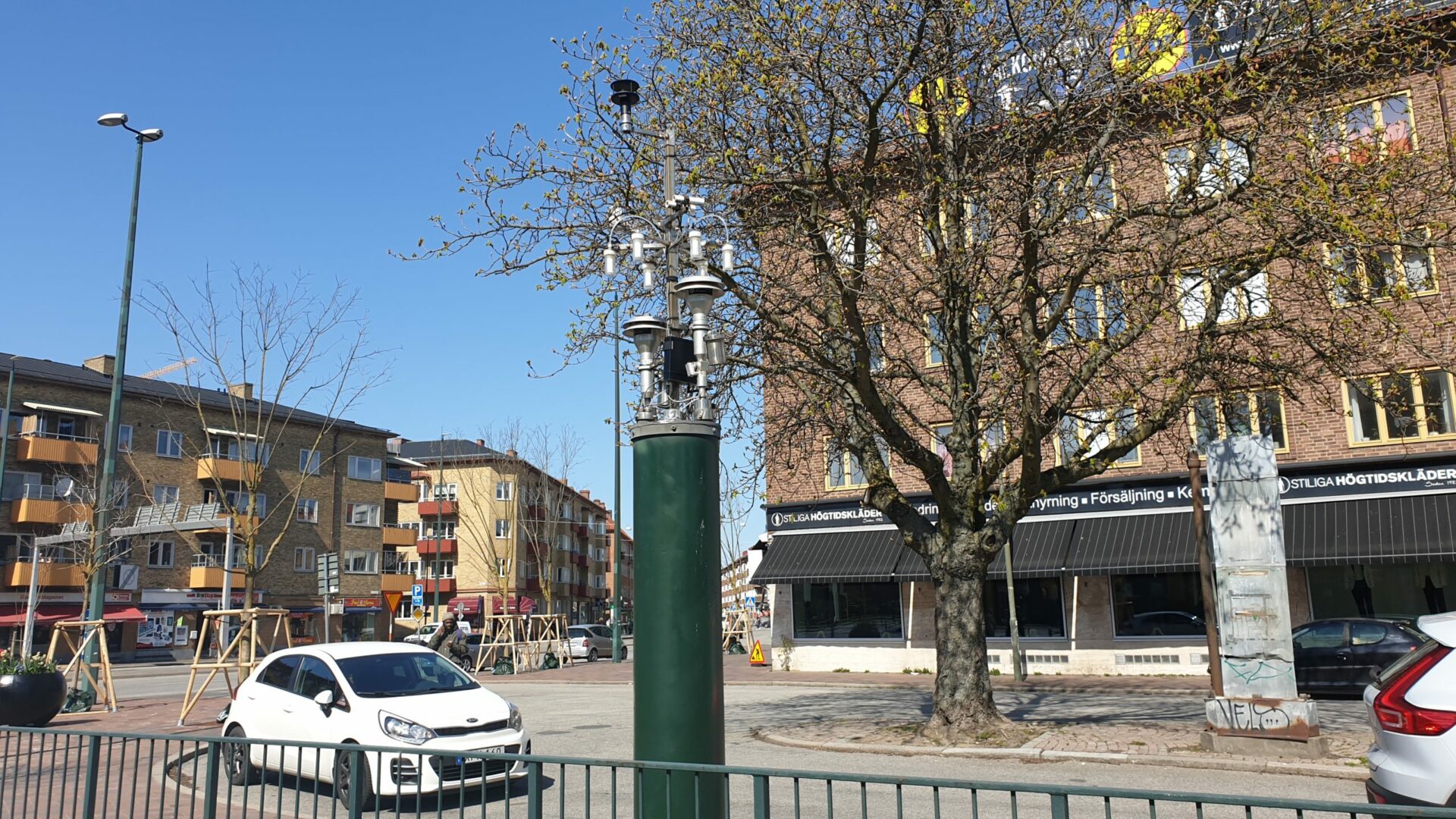
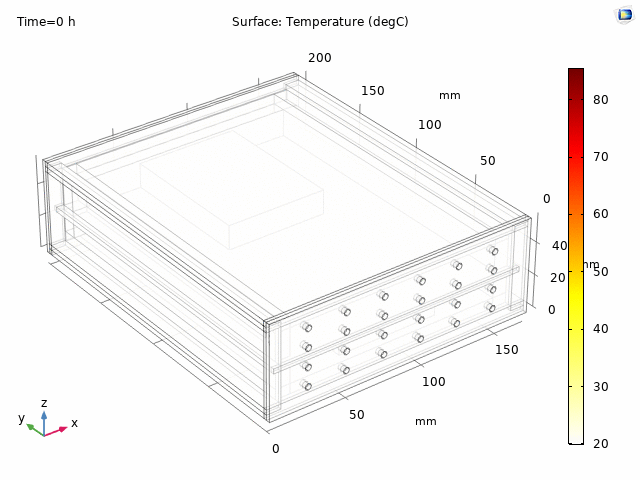
Send us an enquiry.
We’ll get back to you as soon as we can.

Hello! We are Azemina and Reem, two Engineering Nanoscience students from Lund University who have just finished their third year of studies. This past semester we had a “Project Nanoengineering” course in which we and several others from our class formed a group and collaborated with Insplorion to build a project around their InAir-NO2-sensor.
We were given two of their early sensor prototypes, and a homemade protective case with a communication module. Here the project split into two parts – three of us worked on optimising the case using thermodynamic modelling; the other three got to use statistical analysis and machine learning to evaluate data from field tests.
We actually got the opportunity to do one of the installations at a measurement station in Dalaplan, Malmö which was very exciting. Both to see the sensors in real life but also to have a look at the abundance of sensors at this location and how everything is set up. Below you can find pictures of the installation:
From the left: Azemina, Mårten, Reem, Maryam, Sara.
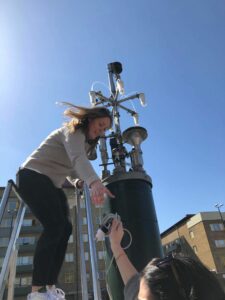
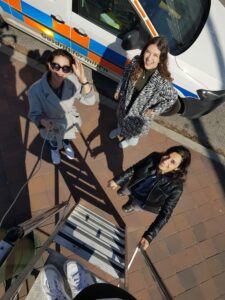
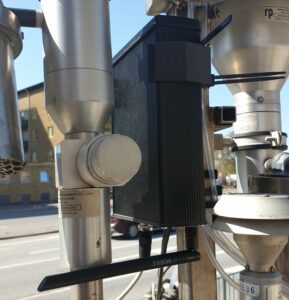
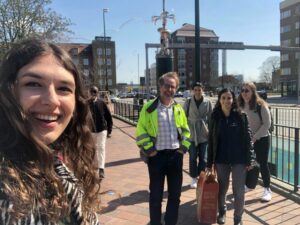
We changed parameters such as placement of the sensors, material of the case, as well as its shape and orientation. If one day Insplorion decides to offer the InAir-NO2 with a protective case and a data communication module, they’ll have a good place to start!
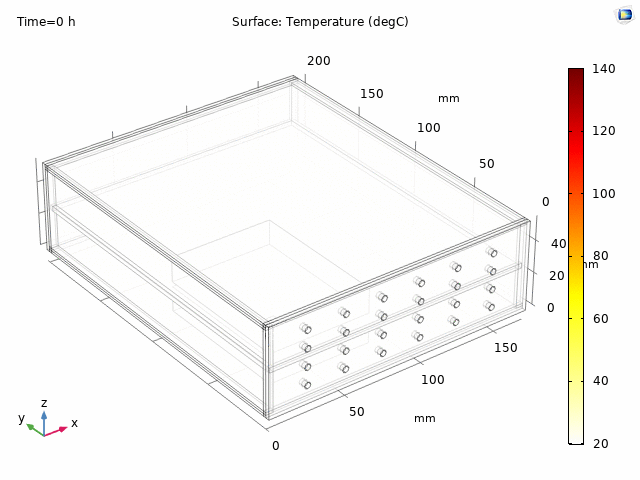

Although we did not have any prior experience with machine learning, with the help from a PhD-student we managed to accomplish a satisfactory prediction with a relatively low RMSE (root mean square error). With more computer power, time, and resources this can be a steppingstone in more efficient calibration of the sensors.
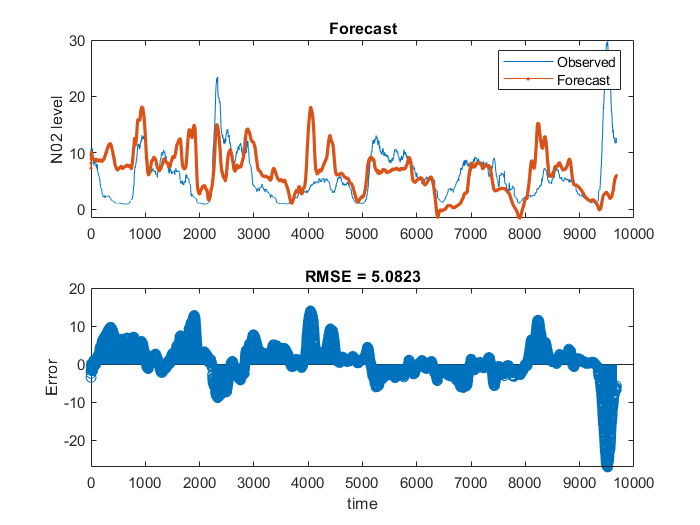
As for us, we’re finally heading to the holidays, and wish everyone an enjoyable summer!
/Reem & Azemina
We’ll get back to you as soon as we can.
| Cookie | Duration | Description |
|---|---|---|
| cookielawinfo-checkbox-necessary | 11 months | This cookie is set by GDPR Cookie Consent plugin. The cookies is used to store the user consent for the cookies in the category "Necessary". |
| viewed_cookie_policy | 11 months | The cookie is set by the GDPR Cookie Consent plugin and is used to store whether or not user has consented to the use of cookies. It does not store any personal data. |
| Cookie | Duration | Description |
|---|---|---|
| cookielawinfo-checkbox-analytics | 11 months | This cookie is set by GDPR Cookie Consent plugin. The cookie is used to store the user consent for the cookies in the category "Analytics". |
| Cookie | Duration | Description |
|---|---|---|
| cookielawinfo-checkbox-marketing | 11 months | This cookie is set by GDPR Cookie Consent plugin. The cookie is used to store the user consent for the cookies in the category "Marketing". |